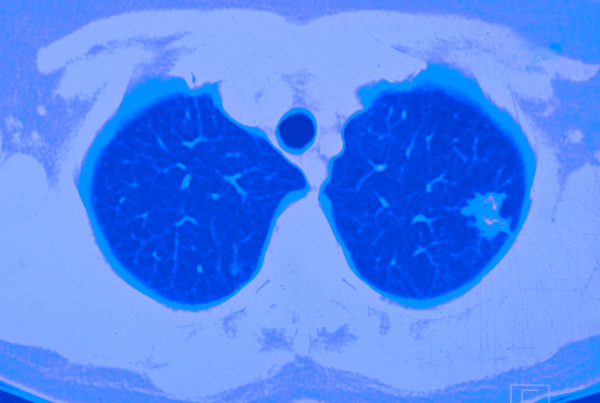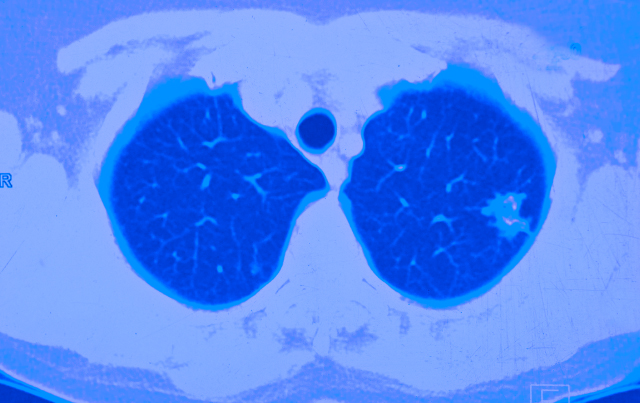New CMS Guidelines for Lung Cancer Screening Approval


Christopher J. Salmon, MD
The Centers for Medicare & Medicaid Services (CMS) issued a final national coverage determination that provides Medicare coverage of low-dose computed tomography (LDCT) screening for patients at high risk of lung cancer. While the CMS left most of the guidelines for qualifying individuals and programs intact, it changed a couple of criteria that referring physicians should know about. The federal agency expanded eligibility by raising the age limit to 77, and changed what constitutes an asymptomatic patient to include patients with COPD, asthma and smoker’s cough. Now, most current or former smokers, ages 55 to 77, with a 30-pack-year history of smoking are eligible for Medicare coverage for the screening.
The CMS also expanded the criteria for certified programs by dropping requirements for having participated in past lung screening trials, such as the National Lung Cancer Screening Trial, as well as the requirement that the facility be an advanced diagnostic imaging center with training and experience in LDCT lung cancer screening.
Christopher J. Salmon, MD, a chest radiology specialist at Scottsdale Medical Imaging (SMIL), says the SMIL LDCT screening program already met other criteria outlined by the CMS for a fully structured program, including registry management and quality assurance plans. That said, CMS has not set a start date for coverage under the new program, but SMIL will work with eligible patients to ensure they get the LDCT screening.
Salmon says that in addition to meeting CMS criteria, SMIL is distinguished in the number of radiologists on staff with advanced training and is one of the few facilities with a fellowship-trained chest radiologist. “There are so many unusual findings or unusual features you can come across in
lung diseases in these high-risk patients,” he says. “It is good to have a chest radiologist on staff, or as a consultant for another reader.”
For those patients concerned about radiation dose, Salmon says the low-dose technique makes the risk of cancer from a scan small in comparison to the benefit of early detection of lung cancer. “We’re excited about the potential to help these high-risk patients,” Salmon says, “and to intervene
at an early stage if they do develop a problem.”
REFERENCES:
CMS. Decision memo for screening for lung cancer with low dose computed tomography (LDCT)
(CAG-00439N). Centers for Medicare & Medicaid Services Website.
http://www.cms.gov/medicare-coverage-database/details/nca-decisionmemo.
aspx?NCAId=274&NcaName=Screening+for+Lung+Cancer+with+Low+Dose+Compute
d+Tomography+(LDCT)&MEDCACId=68&IsPopup=y&bc=AAAAAAAAAgAAAA%3d%3d&.
Feb. 5, 2015. Accessed March 18, 2015.


